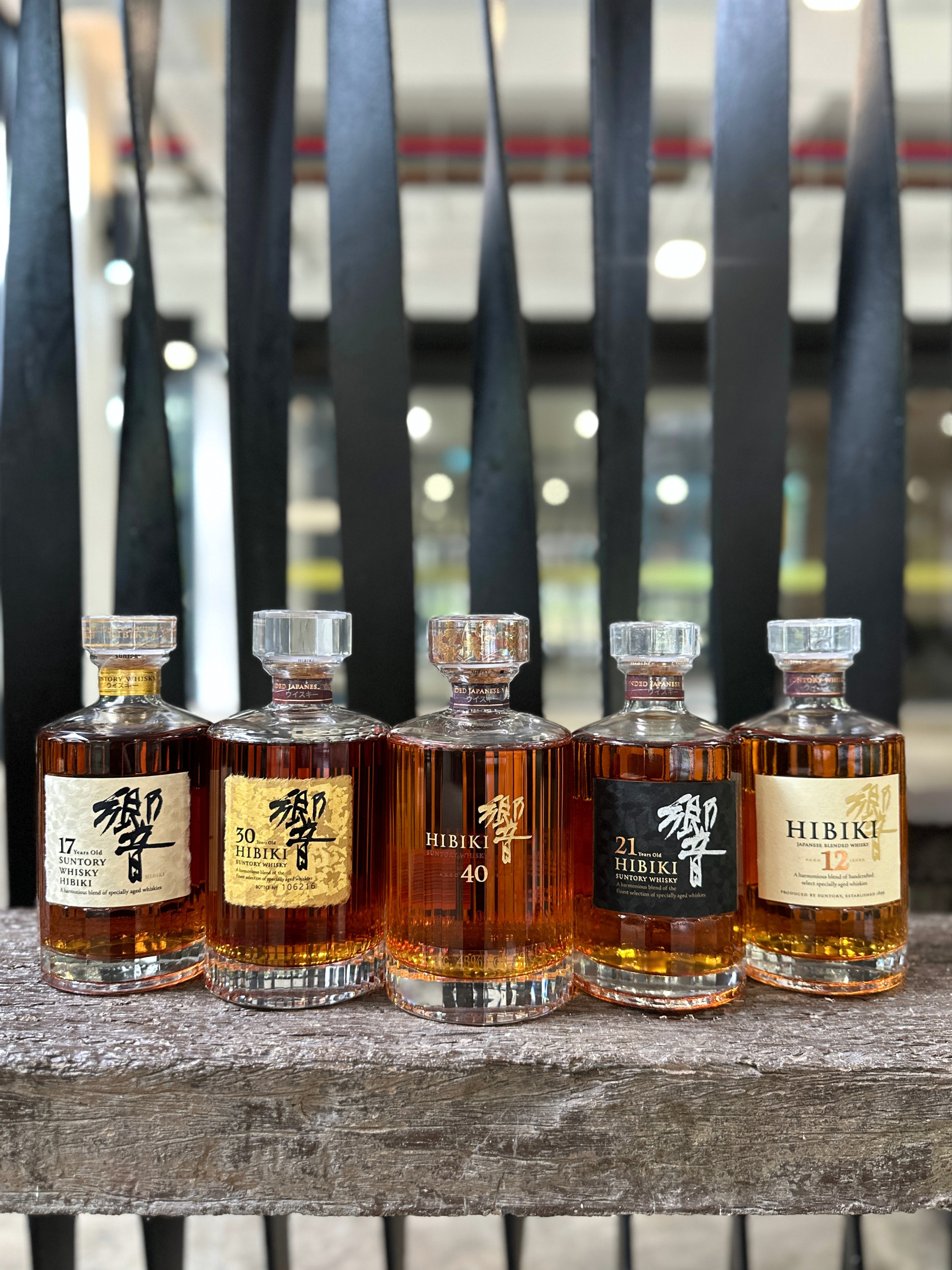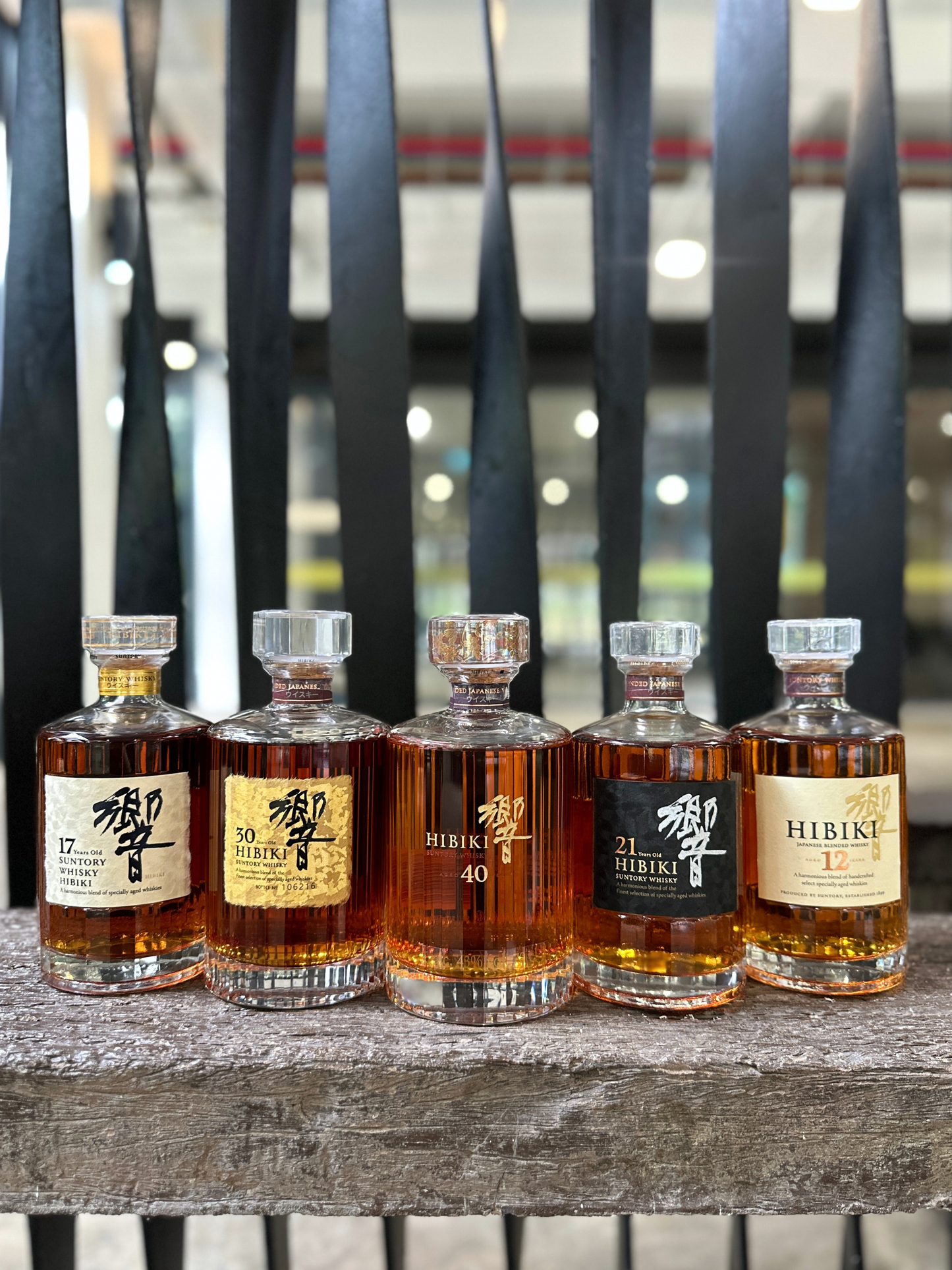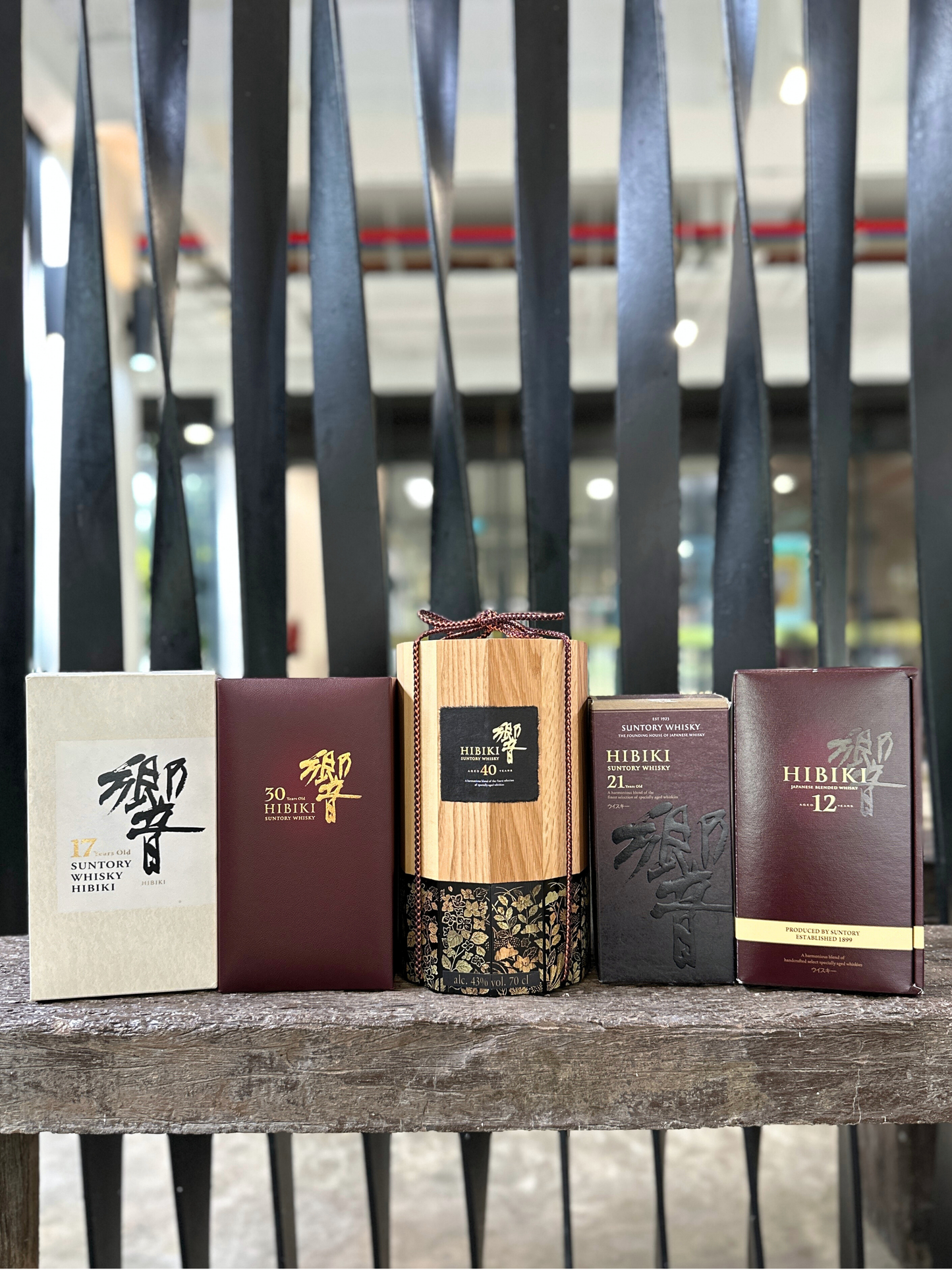Image from @Japanwhisky
Japanese whisky has carved out a prestigious place in the world of spirits, renowned for its exceptional quality, unique flavors, and meticulous craftsmanship. However, as demand for Japanese whisky has surged, so has the need for clearer labeling standards to ensure authenticity and maintain the category's esteemed reputation. This blog post delves into the updated criteria for what constitutes authentic Japanese whisky, providing insights for both newcomers and seasoned enthusiasts.
The Evolution of Japanese Whisky Labeling Standards
Until recently, the lack of stringent regulations allowed some producers to market spirits as "Japanese whisky" even if they didn't meet traditional production criteria. This leniency led to confusion and sometimes disappointment among consumers. Recognizing the need for transparency, the Japan Spirits & Liqueurs Makers Association (JSLMA) introduced new labeling standards effective April 1, 2021, with a transition period extending to April 1, 2024.
Key Requirements for Authentic Japanese Whiskies
To be labeled as Japanese whisky, a product must adhere to the following standards set by the JSLMA:
1. Ingredients
- Malted Grains: The whisky must primarily use malted grains but can include other cereal grains.
- Water: The water used in production must be sourced from Japan.
2. Production Process
- Saccharification, Fermentation, and Distillation: These processes must occur at a distillery in Japan.
- Distillation Strength: The whisky must be distilled to less than 95% alcohol by volume (ABV).
3. Aging
- Cask Maturation: The whisky must be aged in wooden casks not exceeding 700 liters for a minimum of three years within Japan.
4. Bottling
- Location and Strength: Bottling must take place in Japan, and the whisky must have a minimum strength of 40% ABV.
5. Coloring
- Additives: Plain caramel coloring (E150) can be used to adjust the color.
6. Labeling Restrictions
- Geographical and Cultural References: Whiskies that do not meet these standards cannot use names of Japanese locations, the Japanese flag, or names of people that evoke Japan on their labels.
The Impact on the Industry
These standards have significant implications for producers and consumers alike. For established brands like Suntory and Nikka, which already adhere to these practices, the transition has been seamless. However, for others, this means significant changes in labeling and marketing strategies. For instance, products that combine Japanese and imported whiskies are now labeled as "world blends," ensuring clear communication to consumers.
Conclusion
The new rules for Japanese whiskies mark a significant milestone in the industry, ensuring that the term "Japanese whisky" is synonymous with quality, tradition, and authenticity. These standards help protect the reputation of Japanese whisky and provide consumers with the confidence that they are enjoying a product that truly embodies the spirit of Japan.
For those just beginning their journey into the world of Japanese whisky, understanding these requirements will enhance their appreciation of this exceptional spirit. For seasoned connoisseurs, the new standards reaffirm the commitment of Japanese whisky producers to maintaining the highest levels of craftsmanship and authenticity.
Stay informed and explore the rich heritage of Japanese whisky. Follow us on Instagram @japanwhisky or reach out to us at japanwhiskysg@gmail.com for more insights and updates.
Signing off,
Sin Hai
(Owner of Japanwhisky, a Japanese Whisky Enthusiast)




